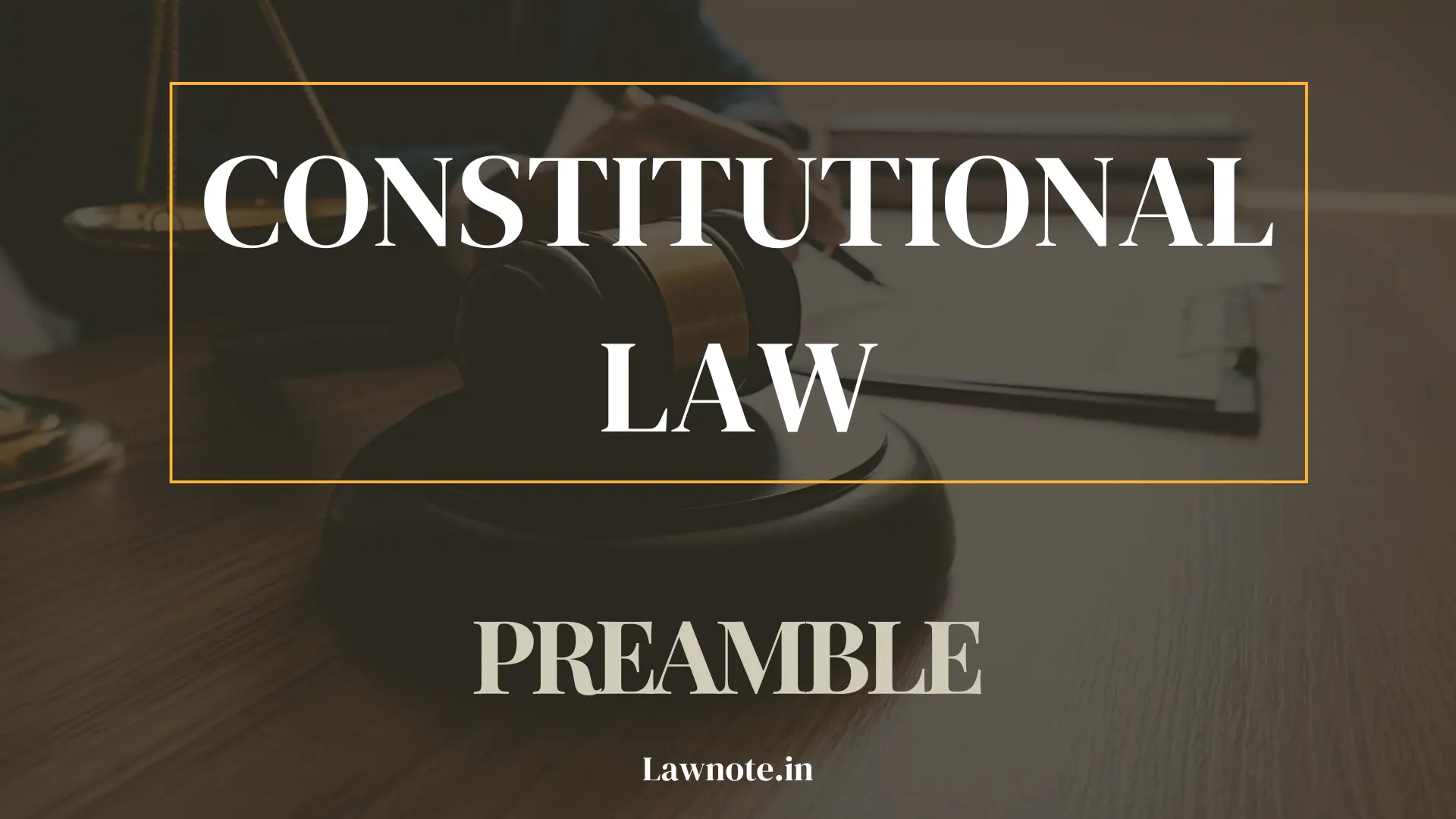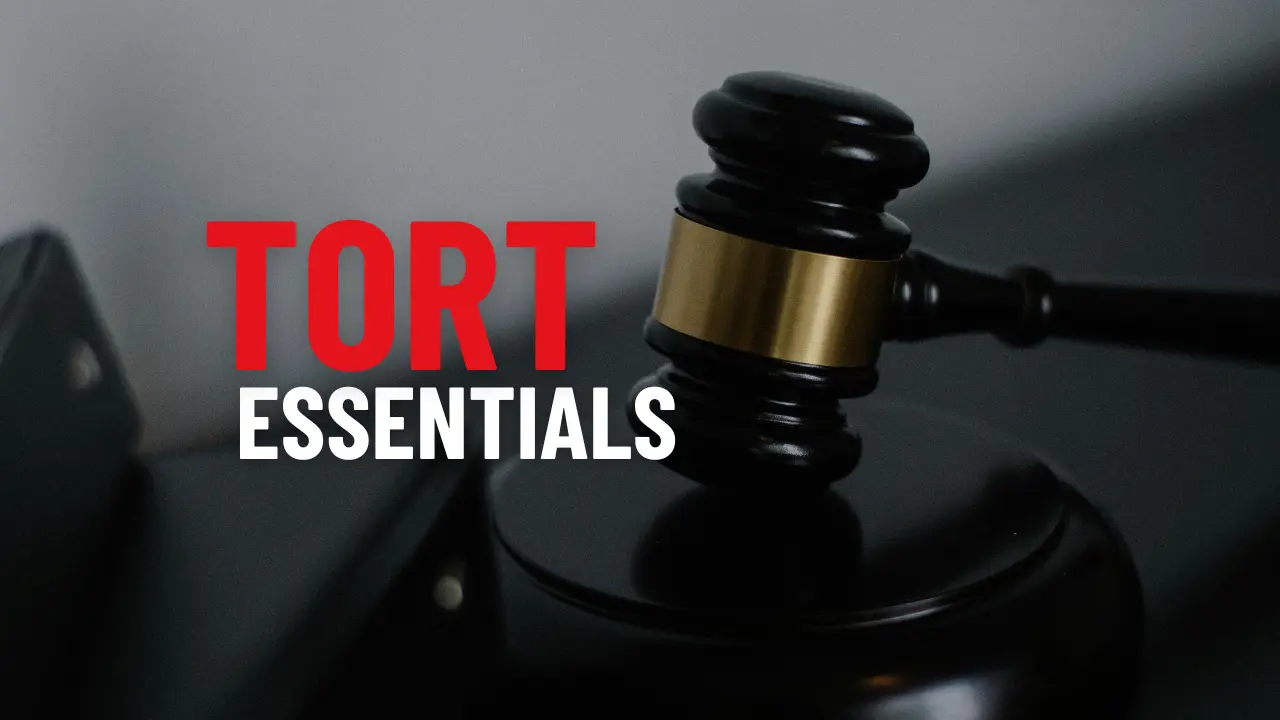Introduction
Tortious liability refers to the legal obligation of one party to compensate another due to a civil wrong or injury. This liability arises from the breach of a duty imposed by law, aimed at protecting individuals and providing remedies through unliquidated damages. Theories about the foundation of tortious liability provide various perspectives on how and why the law holds individuals accountable for their actions.
The Two Main Theories of Tortious Liability
1. The Wider and Narrower Theory
The first theory posits that the law considers all injuries inflicted by one person on another as torts unless justified by law. This view, supported by Professor Winfield and Sir Frederick Pollock, suggests that torts are not limited or confined, and the courts have the discretion to create new torts. Professor Winfield argued that the courts should be free to develop new torts as needed, citing cases like Chapman v. Picker S. Gill and the principle established in Rylands v. Fletcher.
2. The Pigeon-Hole Theory
The Pigeon-Hole Theory, championed by Sir John Salmond, contrasts sharply with the wider concept. According to this theory, the law of torts consists of a set of defined pigeonholes, each representing a specific tort. If an action does not fit into any of these pigeonholes, it does not constitute a tort. Salmond likened this to the Ten Commandments, with precise specifications of wrongs. He argued that the law should be a defined set of rules, akin to criminal law, where specific injuries establish liability.
Key Elements and Differences
Duty and Liability:
- Wider and Narrower Theory: Emphasizes that any unjustifiable harm can be considered a tort, allowing the creation of new torts
- Pigeon-Hole Theory: Focuses on established categories of torts. If a wrong does not fit into these categories, it is not a tort.
Role of the Courts:
- Wider and Narrower Theory: Courts can extend and create new torts, adapting to new situations and injustices.
- Pigeon-Hole Theory: Courts adhere strictly to predefined torts without creating new ones.
Fault and Responsibility:
- Wider and Narrower Theory: Sometimes considers the intention and fault of the wrongdoer.
- Pigeon-Hole Theory: Often emphasizes strict liability, where fault may not be a necessary element.
Examples and Applications
- Rylands v. Fletcher (1868): An example of strict liability where Rylands faced liability for damage caused by the escape of water from his reservoir, even though he was not negligent.
- Negligence: Became a specific tort in the 19th century, demonstrating the courts’ ability to evolve the law of torts.
Conclusion
The debate between the wider theory and the pigeon-hole theory reflects broader questions about the role of the judiciary, the nature of legal obligations, and the balance between flexibility and predictability in the law. Understanding these theories helps us appreciate the complexity and adaptability of tort law, as it seeks to address the diverse ways in which individuals can harm one another.
FAQs About Pigeon Hole Theory
1. What is the Pigeon-Hole Theory in tort law?
The Pigeon-Hole Theory asserts that tort law consists of a set of specific, predefined categories (pigeonholes) of torts. If an action does not fit into one of these categories, courts do not consider it a tort.
2. How does the wider theory of tortious liability differ from the Pigeon-Hole Theory?
The wider theory, supported by Professor Winfield, suggests that courts can consider any unjustifiable harm a tort, allowing for the creation of new torts. In contrast, the Pigeon-Hole Theory limits torts to predefined categories, restricting the creation of new torts.
3. Can new torts be created under the Pigeon-Hole Theory?
No, the Pigeon-Hole Theory does not support the creation of new torts. It relies on existing, specific categories of torts, and any action outside these categories is not considered a tort.
Also Read: Difference Between Tort and Contract
Reference: iPleaders

